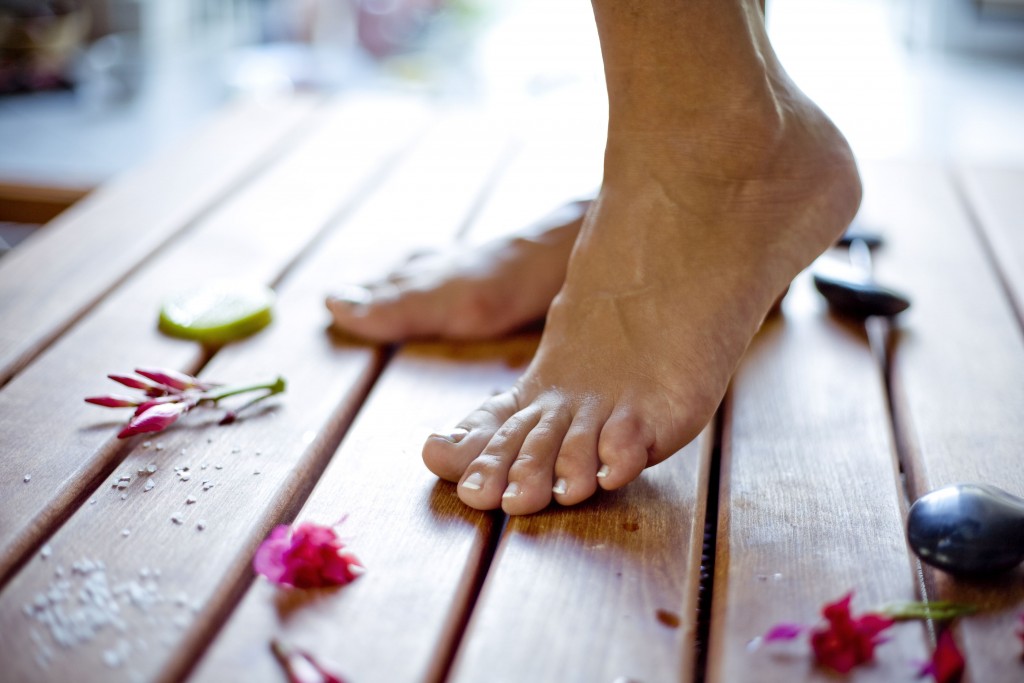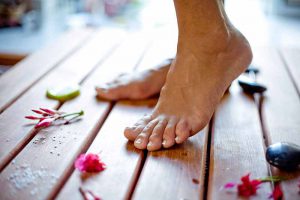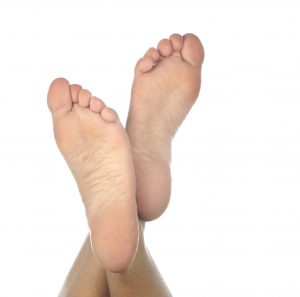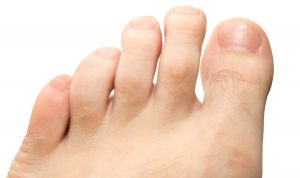Medically Reviewed by Dr. Rachel N. Verville
March 27, 2016

Your Achilles tendon is named after the mythological Greek hero Achilles, whose one weak spot was a tendon stretching from the heel to calf muscles. The Achilles tendon flexes like a rubber band when we walk, stand, and run. When it stretches too much, it can tear or rupture causing:
- Stiffness.
- Swelling.
- Snapping or popping when injured.
- Limited flexibility in feet and toes.
- Pain when stretching.
Commonly seen in Frisco runners, dancers, and athletes, an Achilles tendon injury can develop into a chronic problem that never truly heals.
Short-Term Treatment
After a visit to the podiatrist diagnoses your Achilles tendon injury, you will need to take time to heal properly. During recovery you should:
- Rest from activity as much as you can, even use crutches to prevent bearing weight.
- Ice your injury for 20-30 minutes every 3-4 hours to minimize pain and swelling.
- Compress your injury by bandaging your lower leg and ankle.
- Elevate your leg when you sit or lay down.
Your podiatrist will advise you about anti-inflammatory medication as well as stretching exercises and heel support that can gradually strengthen your Achilles tendon. Each Achilles tendon injury is different and can take as long as a few months to completely heal.
Long Term Treatment
The first and best way to prevent Achilles tendon injuries is to know your limits. Athletes should identify signs of strain and fatigue and push only up to that point. Other ways to prevent this condition are:
- Gradually pushing your limits.
- Stop activity when this area becomes tight or painful.
- Find shoes with the right fit and support you need.
- Limit uphill running to avoid strain.
If you need tips or guidance on how to prevent added strain after an Achilles tendon injury, your podiatrist will be able to advise you.
Call RNV Podiatry today to discuss your treatment options. 214-385-8822














